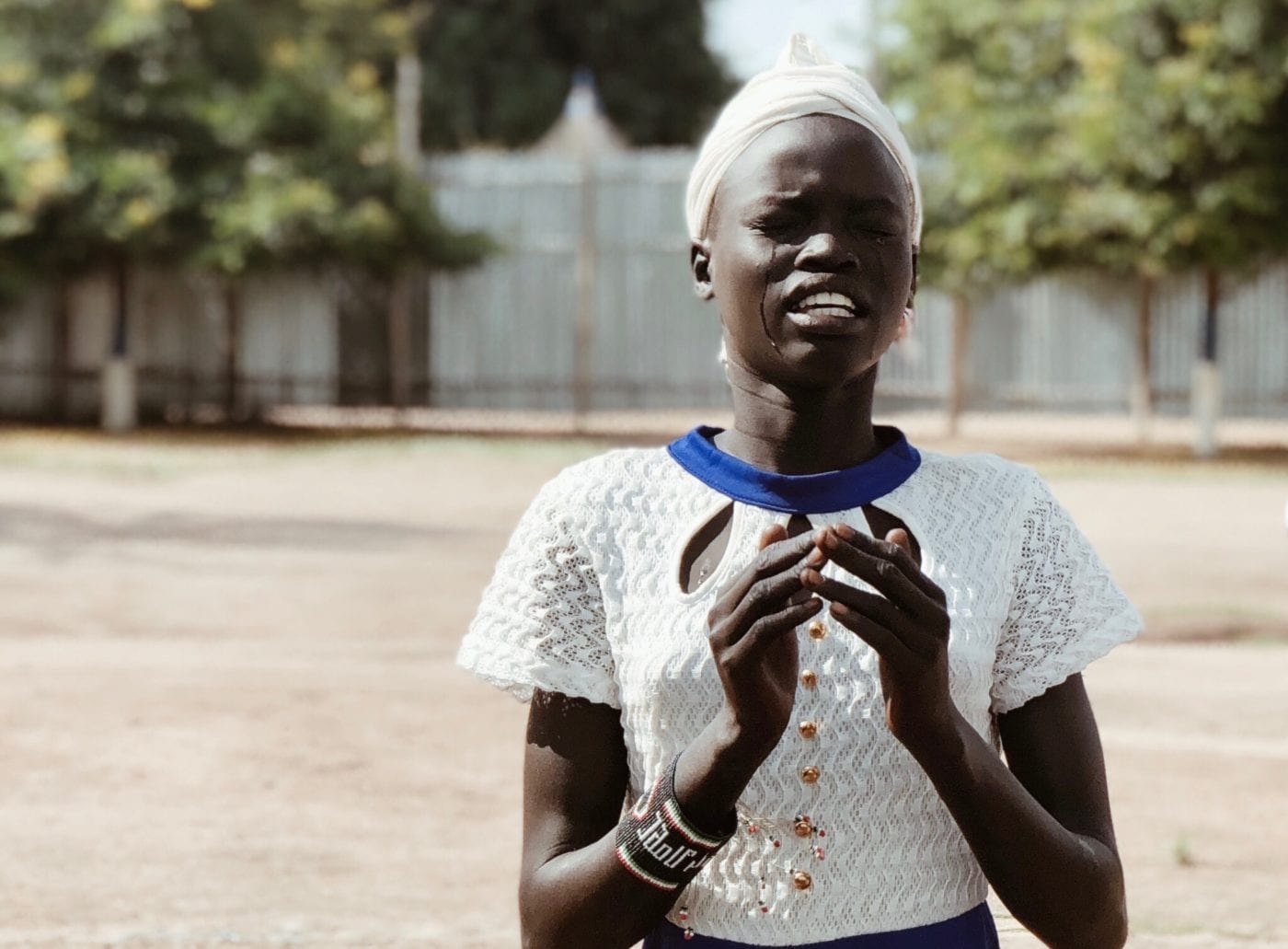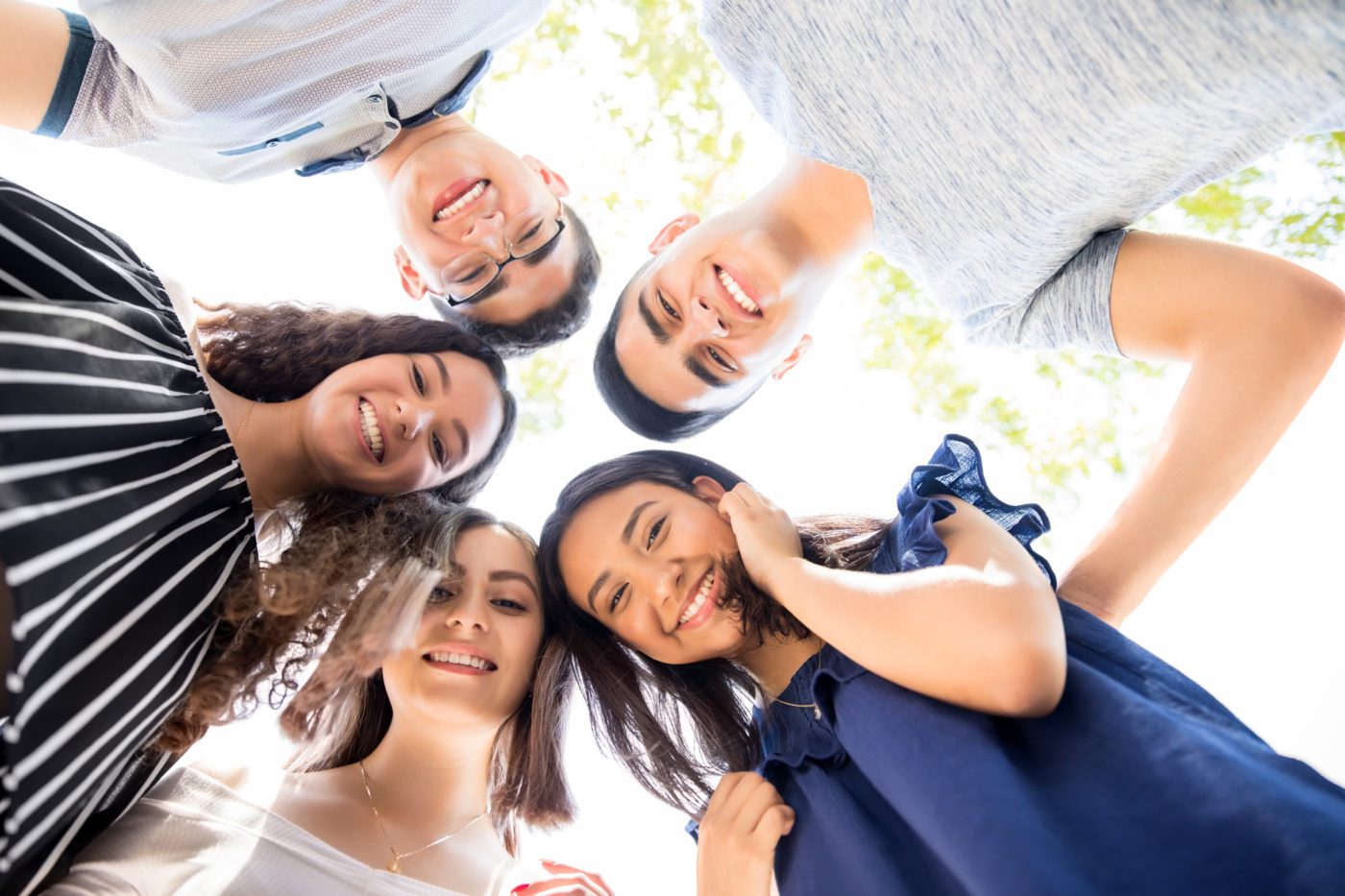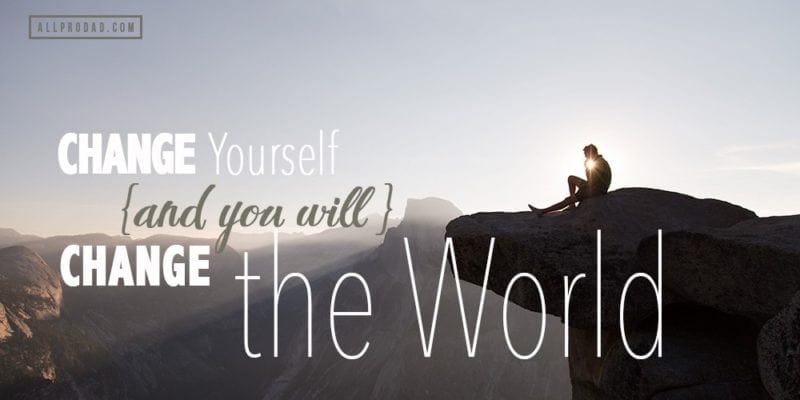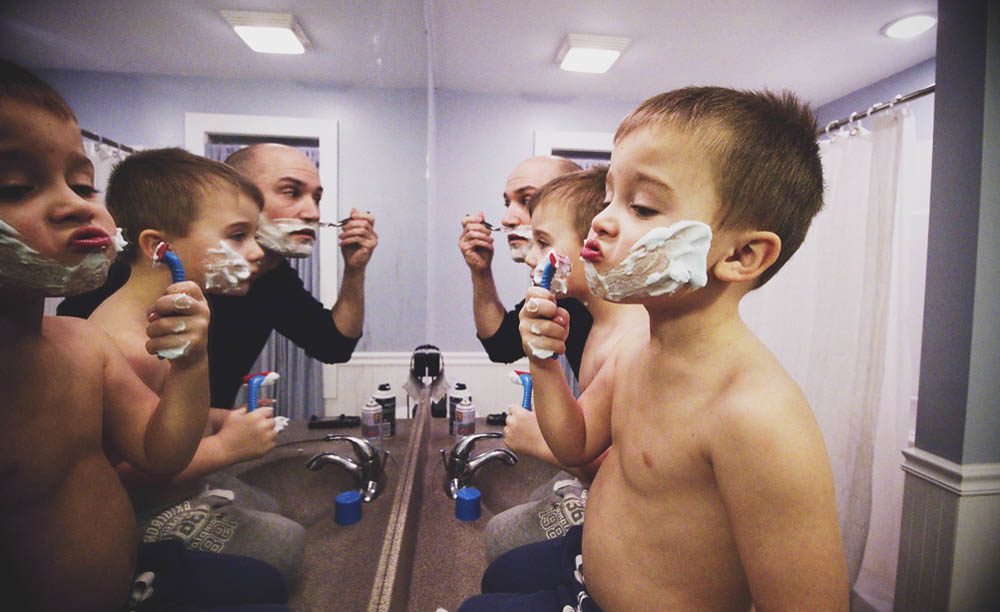This past spring, as COVID-19 hit New York, the hospitals were overwhelmed. Cases of COVID continued to climb. Meanwhile, a nonprofit set up a field hospital in Central Park with 48 beds. Have you ever seen a huge problem and wanted to help like that? Did the problem just seem too big? Perhaps you felt like you didn’t have the expertise or resources to make an impact.
But consider this: After a New York resident admitted her ill husband to Mount Sinai Hospital across the street, she noticed the activity in Central Park. Since she wasn’t allowed to stay with her husband, she volunteered at the field hospital. Helping can be that simple. It starts with a willingness to ask what you can give. When you do, your family can make a difference. Here are 5 of the world’s biggest problems and what your family can do to fix them.
1. Alienation
As individuals, communities, and nations, we unfortunately are separated. We prefer and consume news, social media, and information that share our worldview, making it easier to demonize people with opposing views. In the end, we become more isolated from each other.
What you can do: Model and teach your kids what it looks like to reach out to others. Invite people into your lives who look and think differently. Challenge each family member to do that with one person this week. That might also help with the next problem.
2. Racism and Discrimination
The events of this past summer are not new. It seems like every summer in the United States, one of the world’s biggest problems resurfaces: racial tension. While racial injustice runs deep and has a long, ugly history in the US, racism is not solely an American problem. There is racism all over the world in different forms.
What you can do: Listen and educate yourself on the experiences of people of other races. Try to put yourselves in their shoes. Assume your worldview would be the same as theirs if you lived their experiences. Then teach your children to think about the same ideas.
3. Poverty
According to the World Bank Group, 10 percent of the world lives on $1.90 a day. While that would be considered extreme poverty, close to half the world lives on $5.50 or less a day, which is still significant poverty.
What you can do: Expose your kids to poverty and teach them ways to be part of the solution. Make sure they know that not all families have access to the variety of food, entertainment options, or comforts that yours does. Require them to donate a percentage of their allowance to a charitable organization and let them volunteer to help those less fortunate.
4. Conflict
Individuals get into screaming matches and physical fights. Family members refuse to speak to one another. Communities break out in violence. Nations go to war. There are so many levels of conflict in the world. Imagine if we all learned how to handle conflict in a better way.
What you can do: Teach your kids to assume the best intentions of the other person when they are in conflict. Show your kids how to control emotions and instead, focus your energy on understanding the other person’s point of view. Model empathy and forgiveness as often as possible.
5. Sickness
Long before COVID-19, we had cancer, AIDS, SARS, Ebola, and the list goes on. Being in a pandemic has sickness on all of our minds.
What you can do: Try to protect those around you. Wash your hands and wear a mask. Teach your kids to do the same. Life’s not about us; it’s about caring for others.
Sound off: What are some other of the world’s biggest problems and what can we do about them as individuals?











Huddle up with your kids and ask, “What do you think is the biggest problem in the world? What do you think we can do about it?”